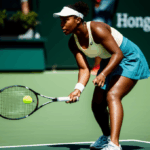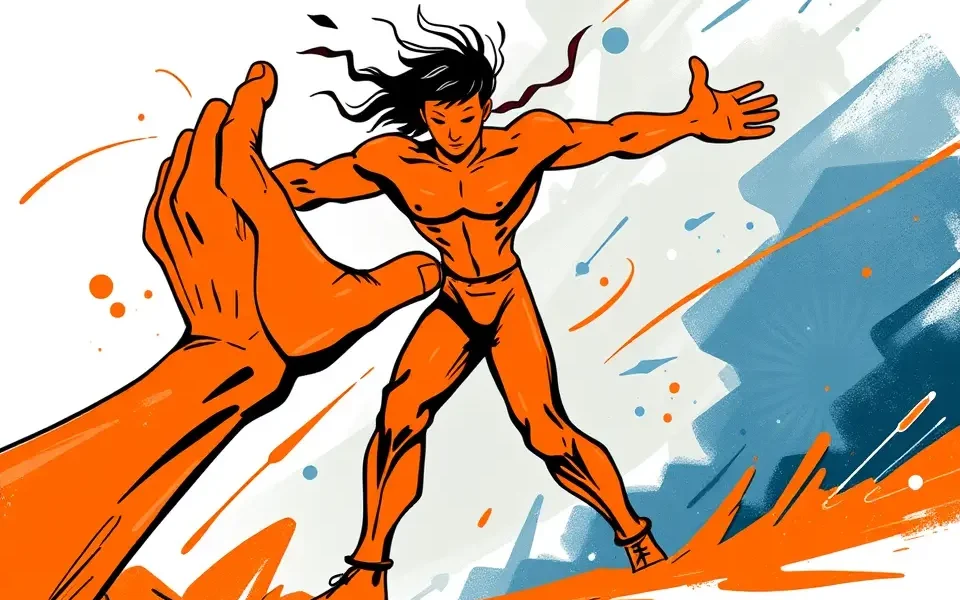Jannik Sinner’s recent three-month ban from tennis might have seemed like a setback, but the Italian star’s return is already sending shockwaves through the sport. Despite the controversy surrounding the ban, Sinner appears focused and ready to dominate, potentially even more so than before.
The Ban: A Quick Recap
In February 2025, Sinner, the world’s No. 1 player, agreed to a three-month suspension following two positive drug tests in 2024. The substance in question was clostebol, an anabolic agent. The World Anti-Doping Agency (WADA) accepted that Sinner did not intentionally cheat and that the substance entered his system unintentionally via massages from his physiotherapist who used a spray containing the banned substance to treat a cut.
Controversy and Timing
The timing of the ban raised eyebrows, as it allowed Sinner to return just in time for the Italian Open and the French Open, avoiding any Grand Slam tournament absences. This led to criticism from some, including Nick Kyrgios, who suggested that “fairness in tennis does not exist” and Tim Henman who thought the timing “seems a little bit too convenient”. Novak Djokovic also criticized the “strange” punishment, hinting at potential favoritism.
Sinner’s Perspective
Sinner himself expressed confusion and frustration with the situation. He maintained his innocence, stating, “It was not easy for me to accept it because I know what really happened, but sometimes we have to choose the best in a very bad moment”. He admitted that he struggled with the personal pressure and found it difficult to discuss the situation with others.
A Hero’s Welcome
Upon his return, Sinner received a hero’s welcome in Italy. Nearly 5,000 fans attended his first practice session, which was broadcast live on Italian TV. The Italian Open is celebrating his return, with local headlines proclaiming “Habemus Sinner,” a play on the phrase used to announce the election of a new pope.
The Impact of the Ban
While the ban forced Sinner to miss several significant tournaments, including Indian Wells, Miami, Monte Carlo, and Madrid, it also provided him with an unexpected opportunity for reflection and rest.
Mental and Physical Reset
Sinner used the time off to reconnect with his family and friends, participate in other sports like cycling, and gradually ease back into tennis. “I came to understand that what’s important to me are the people by your side,” he said. He took a month off from tennis completely, which led to blisters when he started training again.
Maintaining Top Ranking
Despite the suspension, Sinner retained his No. 1 ranking. His closest rival, Alexander Zverev, did not capitalize on Sinner’s absence, allowing the Italian to maintain his lead.
Sinner’s Return: A Warning to Rivals?
Sinner’s return to the court is not just a personal comeback story; it’s a potential threat to his rivals. His performance before the ban was outstanding, including winning the Australian Open. The break may have allowed him to reset mentally and physically, potentially making him an even stronger competitor.
The Italian Open and Beyond
Sinner is set to play at the Italian Open, his home tournament, where he will face immense pressure and expectations. He has a bye into the second round and could face compatriot Federico Cina. While clay is not his favorite surface, Sinner is determined to use the tournament as preparation for the French Open.
Potential Challenges
Sinner acknowledged that he might be rusty after the break. “It’s a very strange feeling again, to be around with so many people and attention,” he said. He also faces tough competition from other top players, including Carlos Alcaraz and Casper Ruud.
Doping in Tennis: A Recurring Issue
Sinner’s case has reignited the debate about doping in tennis. While Sinner’s situation was deemed unintentional, it highlights the responsibility athletes have for their support teams and the substances they use.
High-Profile Cases
Tennis has seen several high-profile doping cases over the years, including Maria Sharapova, Martina Hingis, Simona Halep, and Richard Gasquet. These cases have led to bans, forfeited titles, and damage to the players’ reputations.
Anti-Doping Measures
The International Tennis Federation (ITF) and WADA have implemented anti-doping programs to combat the use of prohibited substances. These programs include drug testing, education, and sanctions for violations.
Can a Ban Be a Career Turning Point?
While a doping ban can be a significant setback, some players have successfully returned to the sport and achieved further success.
Examples of Comebacks
- Marin Čilić: After serving a reduced ban, Čilić went on to win the 2014 US Open.
- Maria Sharapova: Sharapova returned to tennis after a 15-month ban and reached the fourth round of the 2018 US Open.
- Martina Hingis: Hingis made a comeback in doubles tennis after her ban, achieving world number one status.
Factors for Success
A successful comeback depends on several factors, including the player’s mental strength, physical conditioning, and the support they receive from their team and fans.
Sinner’s Path Forward
Jannik Sinner’s return to tennis is a highly anticipated event. While the controversy surrounding his ban may linger, Sinner has the opportunity to prove his resilience and reaffirm his status as the world’s top player. His performance in the upcoming tournaments will be closely watched, as he aims to put the past behind him and focus on achieving his goals.
Eyeing the French Open
Sinner has made it clear that his main objective is the French Open. He will use the Italian Open to assess his level and prepare for the challenges ahead. With his talent, determination, and the support of his fans, Sinner has the potential to make a strong statement upon his return and solidify his place among the tennis elite.








No Comment! Be the first one.